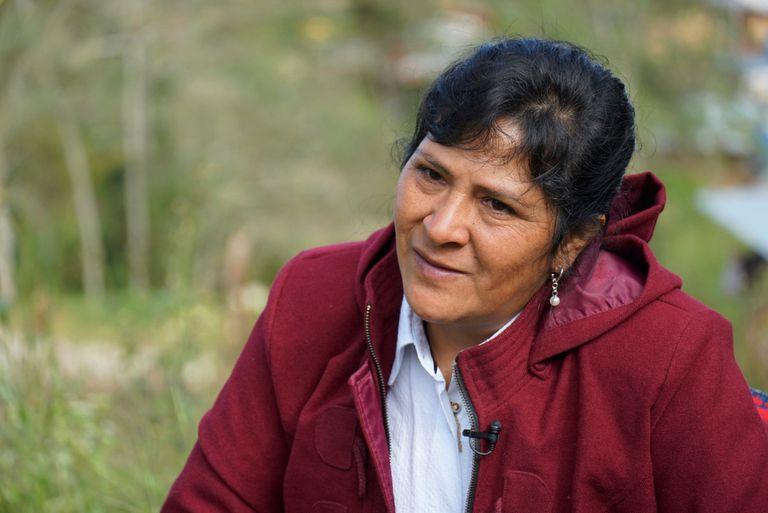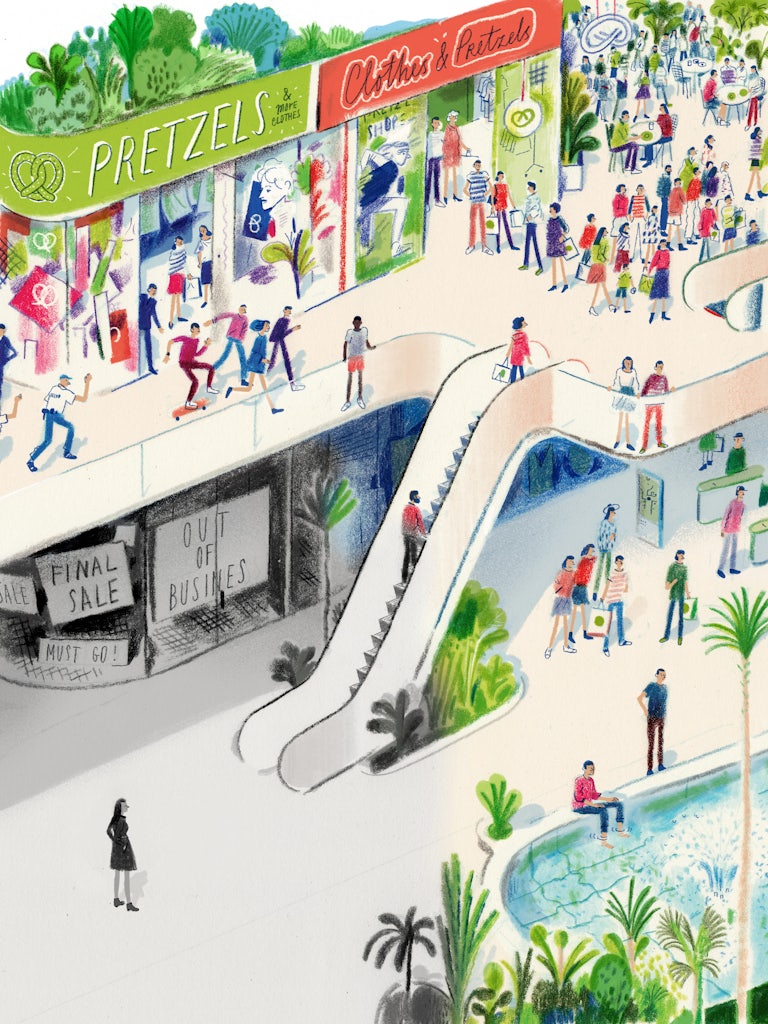by Alister Doyle | @alisterdoyle | Thomson Reuters Foundation
Monday, 22 August 2022
Global warming is having a new side-effect: forcing scientific publication to bend their punctuation rules
Common in social media and activism, "!" enters formal writing
Leading scientific journals strictly limit exclamation marks
UN Climate Change uses "!" emoji to warn of Europe's heatwaves
By Alister Doyle
OSLO, Aug 22 (Thomson Reuters Foundation) - Most scientific studies - even those with remarkable findings - have long had their wider appeal dimmed by unremarkable titles.
But as researchers - who mostly err on the side of cautious understatement - grow more alarmed by worsening climate change impacts including heatwaves, droughts and melting ice, an unfamiliar piece of punctuation is creeping into their work: the exclamation mark.
"SOS! Summer of smoke" reads the title of one study referenced in a flagship series of reports by the United Nations' Intergovernmental Panel on Climate Change (IPCC) released this year. Another trumpets, "Too hot to help!".
Climate protesters have long deployed the punctuation on banners urging "Climate Action Now!" or warning "There is no planet B!".
Activists hope that exclamation marks, by stirring visceral feelings to match scientific findings about the deteriorating state of the planet, can spur greater efforts to cut the greenhouse gas emissions heating it up.
"It's about emotions – this affects all our lives," said Nuala Gathercole Lam, a spokeswoman for the Extinction Rebellion (XR) activist group in Britain. But, she warned, "exclamation marks can seem like over-labouring" an already-clear message.
XR's global website starts with the sober sentence: "This is an emergency", followed by a lower section urging "Act Now!".
Some researchers say the appearance of the exclamation point in scientific work reflects growing concern about rising temperatures among the wider public.
Adeniyi Asiyanbi, an assistant professor at the University of British Columbia, wrote a report cited by the IPCC entitled: "'I don't get this climate stuff!' Making sense of climate change among the corporate middle class in Lagos".
He drew the emphatic punctuation from a Nigerian businessman he spoke to, who expressed frustration that climate solutions are hard to understand.
"I won’t be surprised if more exclamation is being used ... deliberately to create a sense of urgency and a sense of fear too," said Asiyanbi.
"I personally have my reservations about (doing it) - but that's what I see around increasingly now," he added in emailed comments.
SOBER SCIENCE
The IPCC's February report on adapting to the impacts of climate change refers to more than a dozen studies that include an exclamation mark in the headline, up from just four in the previous – albeit shorter - IPCC science assessment in 2014.
The IPCC, whose findings must be approved by all governments ranging from oil-producing OPEC nations to climate-vulnerable Pacific island states, has no specific guidance to authors on using exclamation marks, said spokesman Andrej Mahecic.
As a rule, IPCC reports avoid using "!", except when citing titles of other scientific studies.
But a single exclamation mark slipped into Chapter 2 of the February IPCC report in the sentence: "Hotter temperatures also increase mosquito bite rate, parasite development, and viral replication!".
Editors spotted the rogue "!" and it will be deleted in the final version, said Camille Parmesan, a coordinating lead author of the chapter who is affiliated with France’s National Centre for Scientific Research, the University of Plymouth and the University of Texas at Austin.
"No, generally exclamation marks are not used in IPCC (!!!!!)," she wrote in an email interview.
There is also some unease over the "!" creeping into scientific papers, with many journals strictly limiting its use, fearing it comes across as self-defeating shrieking.
The style guide for the respected journal Science says: "The exclamation point is rarely justified in scientific writing except as a factorial symbol in mathematics."
"Science may allow an exclamation point as part of a direct quotation, but we don’t use exclamation points for emphasis," added Meagan Phelan, who leads the magazine's media relations.
The Nature scientific journals are also restrictive.
"Our general guidance is to avoid exclamation marks," said Lisa Boucher, press manager for publisher Springer Nature.
TREND-SETTING TRUMP
By contrast, the attention-grabbing punctuation abounds in social media posts, as users express emotion from horror to enthusiasm.
An unlikely role model for climate scientists, former U.S. President Donald Trump sprinkled his tweets with "!"s before he was suspended from the Twitter platform in 2021.
During a cold spell in January 2019, he asked: "What the hell is going on with Global Warming? Please come back fast, we need you!"
Nowadays, even traditionally more cautious tweeters are starting to adopt the "!" to get their point across.
With the severe summer heatwaves besetting Europe, UN Climate Change in July included a yellow warning sign emoji, containing an exclamation mark, in a tweet saying that rising temperatures increased the risks of death from heat stress.
"We are ramping up the rhetoric a bit because the situation is increasingly dramatic. Exclamation marks are increasingly appropriate," said John Hay, head of content at UN Climate Change, adding that its Twitter account rarely uses "!".
Liuba Belkin, an associate professor at Lehigh University in Pennsylvania who studies social psychology, wrote an article referenced in the 2022 IPCC report about how employees in shops in Eastern Europe are less likely to help clients in energy-draining heatwaves.
Her study, "Too hot to help! Exploring the impact of ambient temperature on helping", was published in the European Journal of Social Psychology.
"I try to use meta-communication (exclamation points, smiley faces, etc.) as much as possible to enrich and more accurately convey the intended message," she said by email.
Still, many are in two minds about liberally sprinkling writing with "!".
Danny Rubin, a U.S. author of books on business writing, said exclamation points are over-used, weakening their value, and are rarely justified to convey "excitement or urgency".
"As in all things, moderation is key," he added.Related stories:
'Ridiculous' length? How to make IPCC climate science reports an easier read
Removing carbon from air vital to reach climate goals, IPCC says
Dead or alive? COP26 climate talks strive to save 1.5C warming goal
(Reporting by Alister Doyle; editing by Laurie Goering and Megan Rowling. Please credit the Thomson Reuters Foundation, the charitable arm of Thomson Reuters. Visit http://news.trust.org/climate)



 *"This map shows the tracks of all tropical cyclones in the 1893 Atlantic hurricane season. The points show the location of each storm at 6-hour intervals. The colour represents the storm's maximum sustained wind speeds as classified in the Saffir-Simpson Hurricane Scale (see below), and the shape of the data points represent the type of the storm." Courtesy of Wikipedia*
*"This map shows the tracks of all tropical cyclones in the 1893 Atlantic hurricane season. The points show the location of each storm at 6-hour intervals. The colour represents the storm's maximum sustained wind speeds as classified in the Saffir-Simpson Hurricane Scale (see below), and the shape of the data points represent the type of the storm." Courtesy of Wikipedia*




